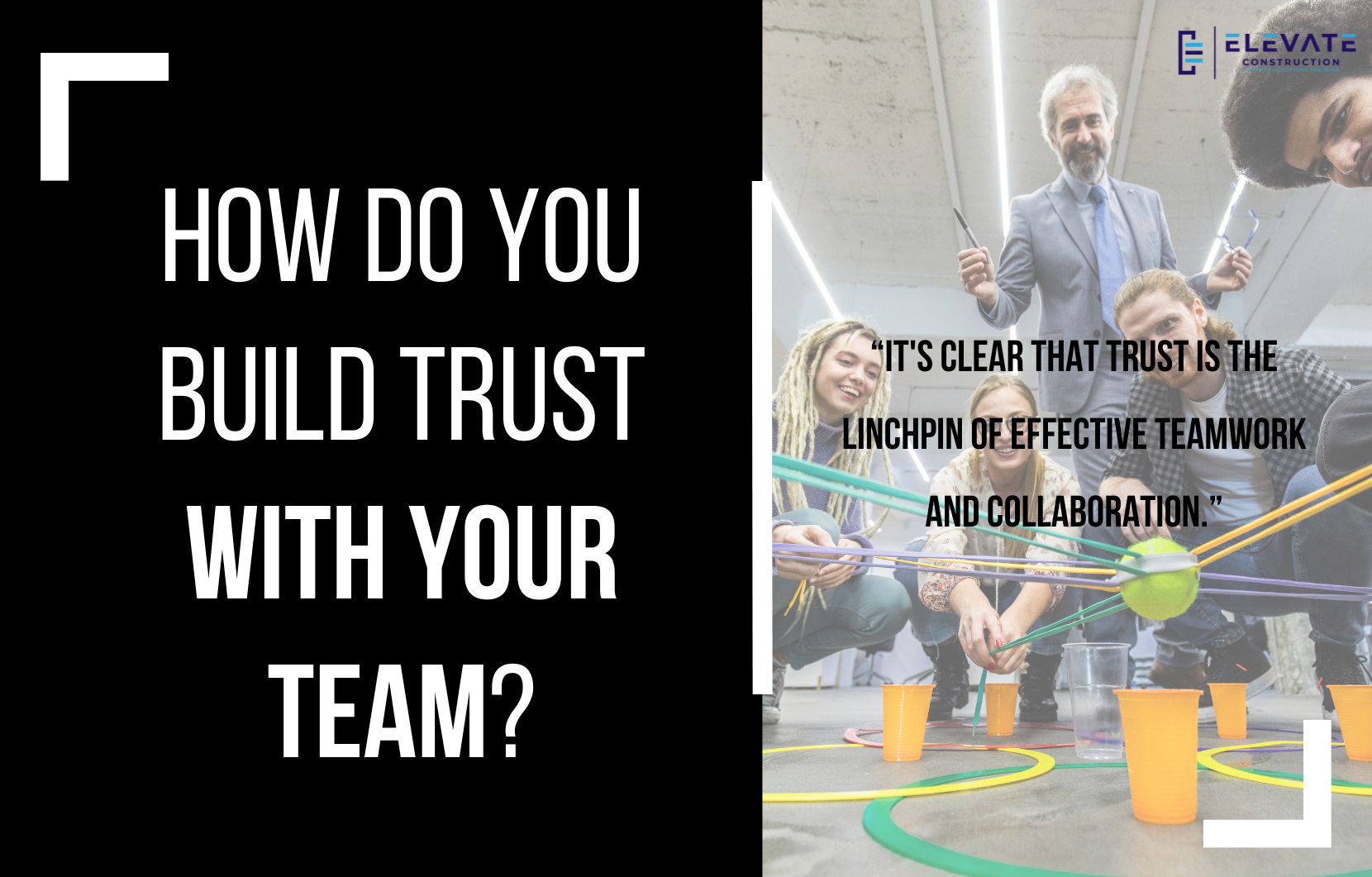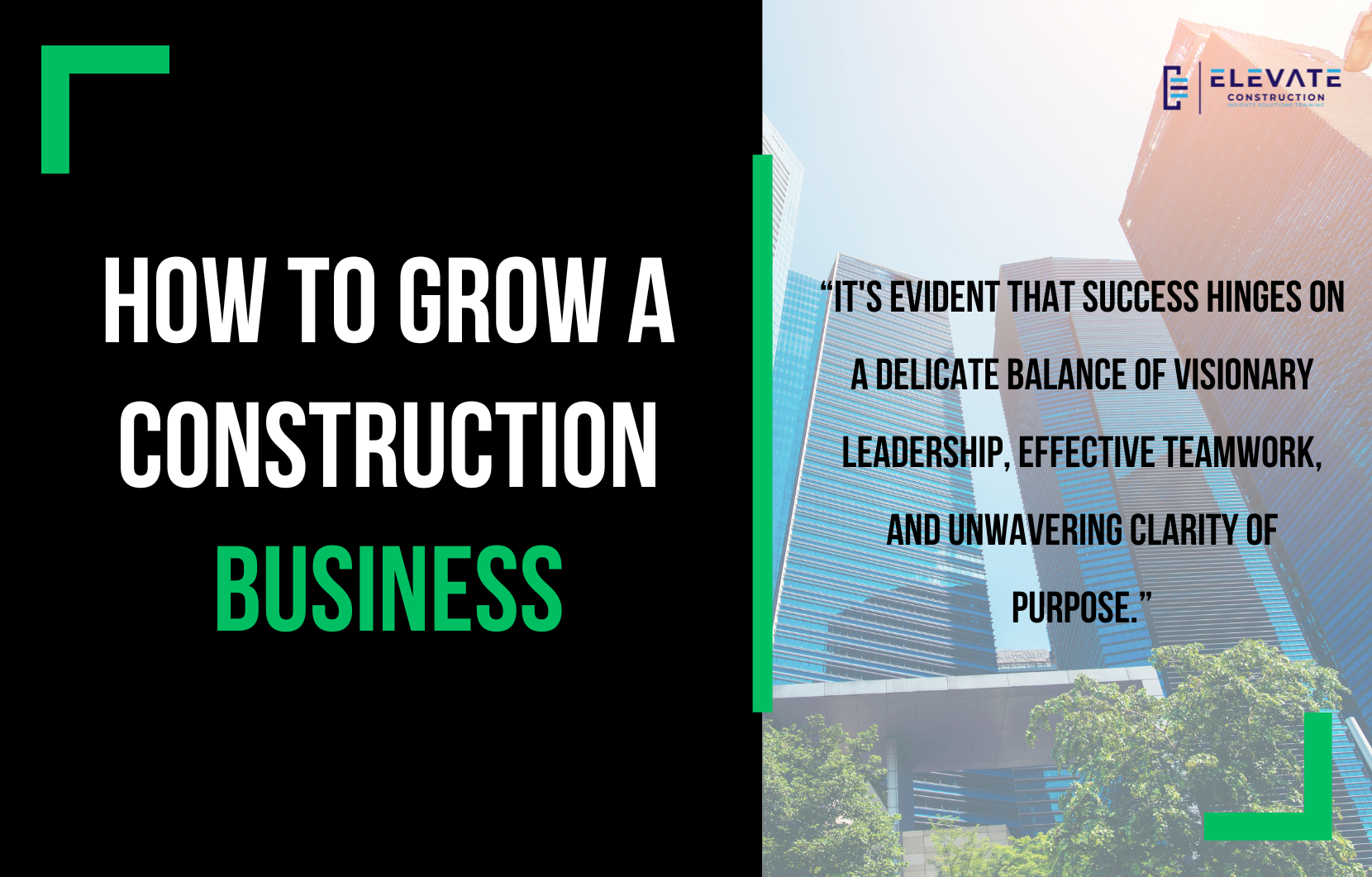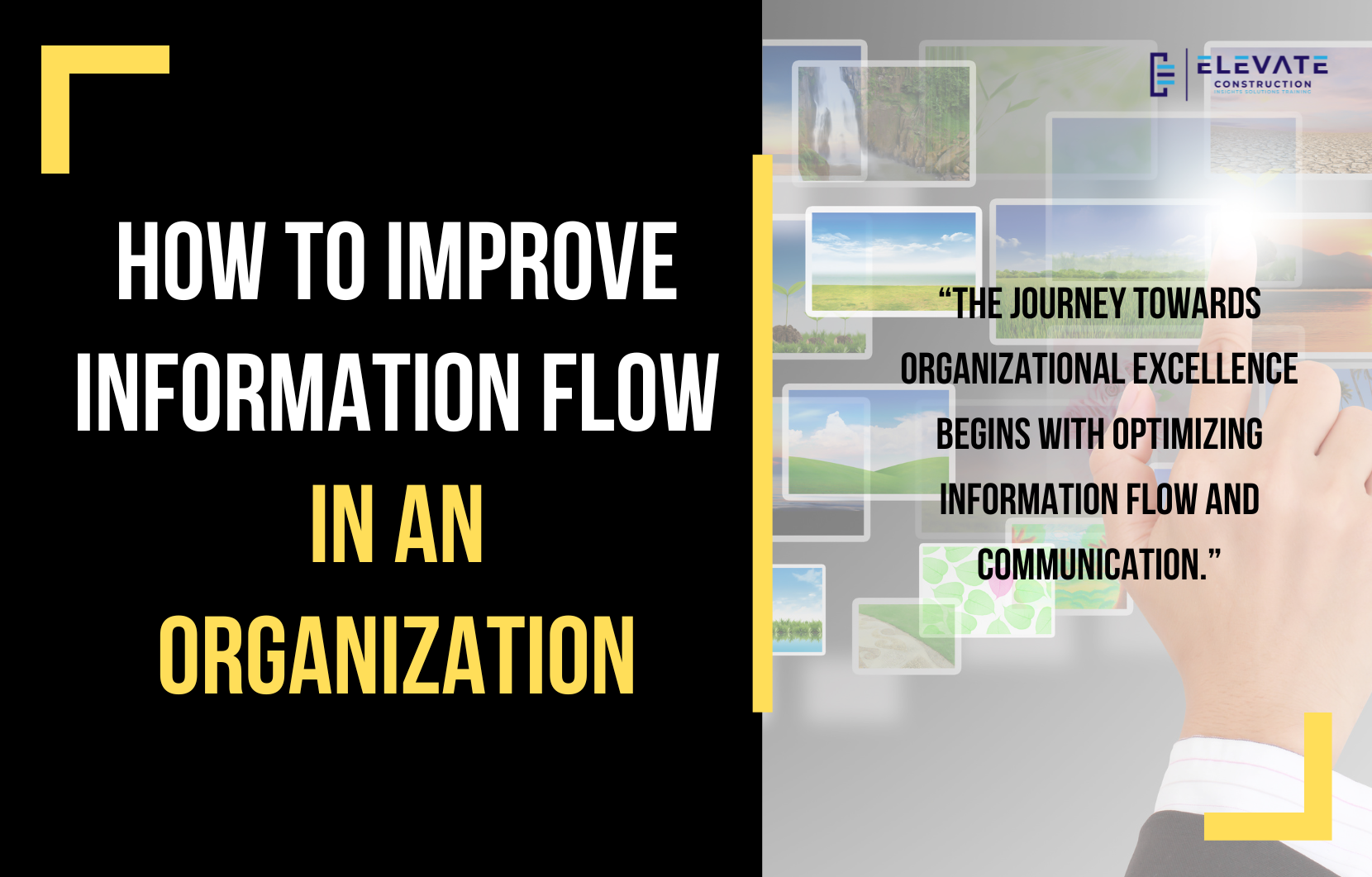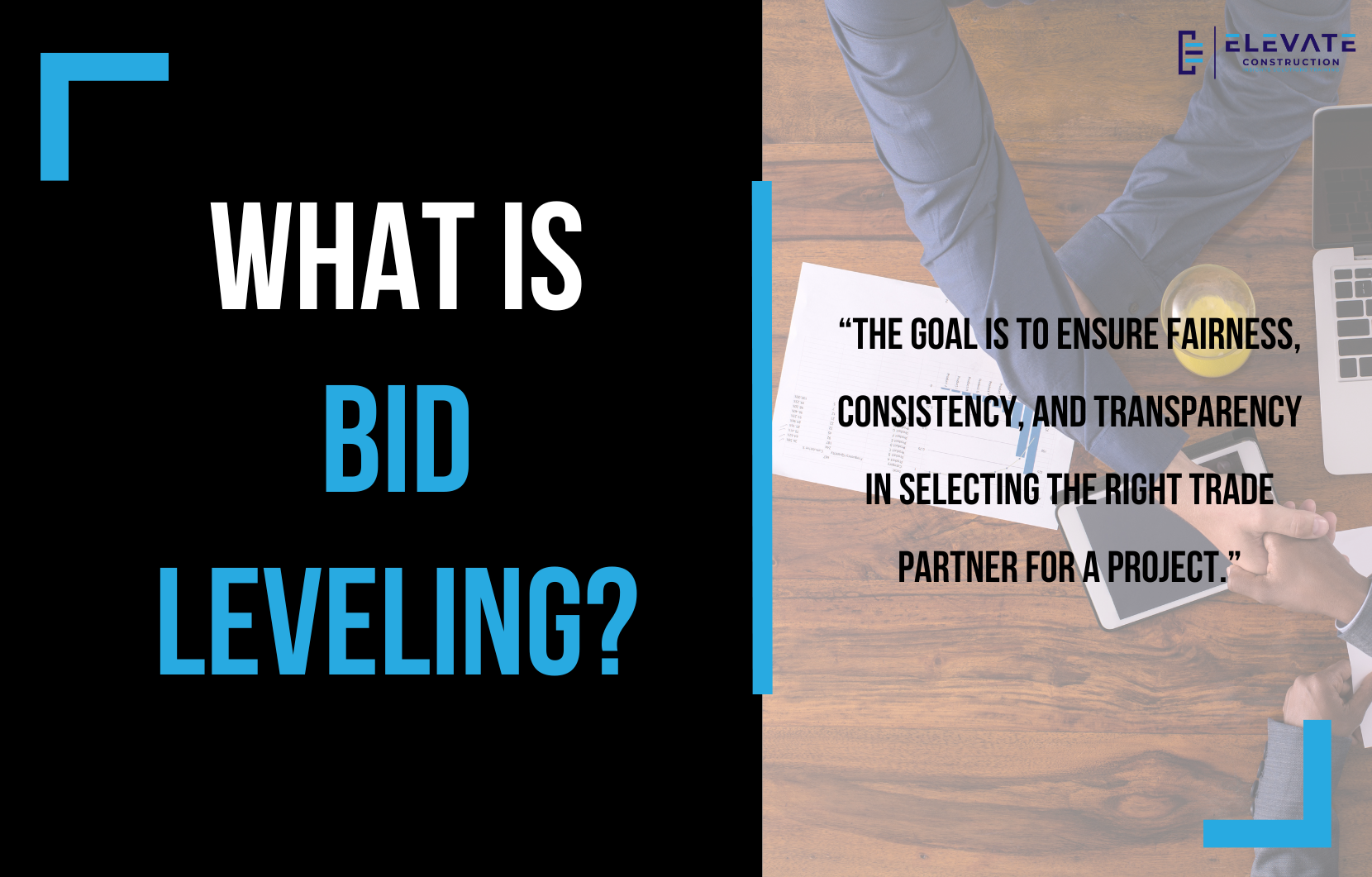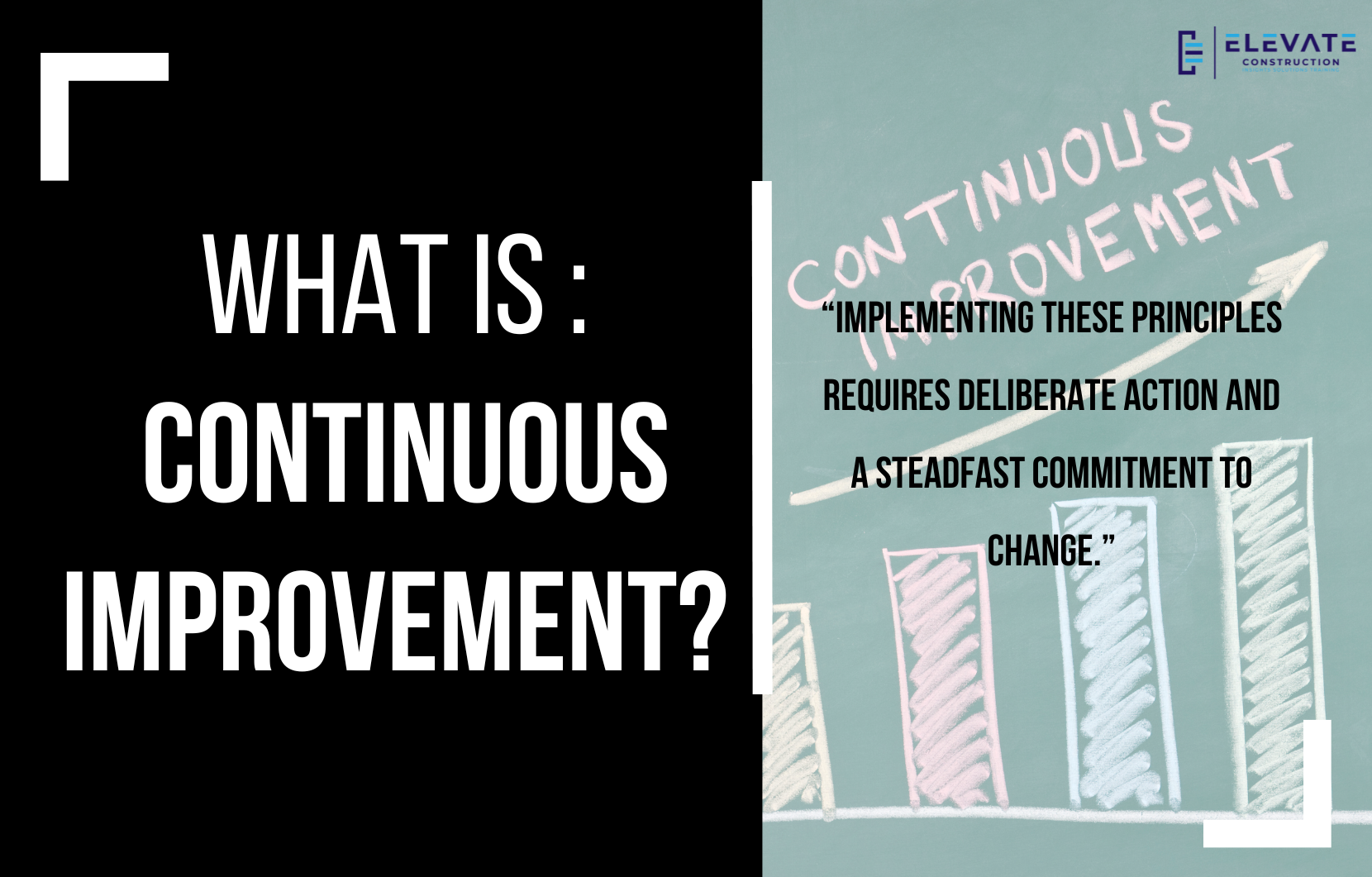Welcome to our latest blog post where we dive deep into the world of consulting, revealing key insights and essential criteria for selecting the perfect consultant for your needs. Get ready to appreciate the content, but be prepared – some feathers might get ruffled along the way, unless, of course, you’re already amazing. So let’s embark on this journey together.
Understanding the Consultant
What exactly is a consultant? What distinguishes a good one from a bad one? Let’s dissect this. According to traditional definitions, a consultant is someone who provides expert advice professionally. The emphasis here is on expertise and professionalism. It’s not just about tossing out advice; it’s about offering expert guidance in a professional manner. But how is this achieved?
The Secret Behind Successful Companies
Before we delve into the nitty-gritty, let’s address a common misconception. Some argue against the necessity of consultants, citing examples of successful individuals and companies who claim they don’t need external guidance. However, upon closer inspection, you’ll find that many of these success stories actually began with consultant involvement. From Paul Akers to renowned corporations like Google and Netflix, consultants have played pivotal roles in their achievements.
The Importance of Expertise & Experience
Now, let’s talk about what truly makes a consultant effective. Firstly, expertise is non-negotiable. Consultants must possess real-world experience, not just theoretical knowledge. Would you trust someone to run your business if they’ve never set foot in your industry? Probably not. Therefore, ensure your consultant has hands-on experience in the field.
How Consultants Must Tell the Truth
Transparency is another critical factor. Consultants must be unafraid to tell the naked truth, even if it means risking their business relationships. Authenticity breeds trust, and clients deserve nothing less than honest, unfiltered advice. This principle extends to delivering on promises. A consultant’s track record should speak for itself, demonstrating their ability to drive tangible results.
What Consultants Should Never Do
Lastly, let’s address what consultants should never do. Charging for mere advice without delivering results is unacceptable. Consultants should be action-oriented, not just invoice generators. They should also avoid regurgitating information without verifying its effectiveness. Flexibility is key too; consultants must adapt their approach to meet the unique needs of each client.
Conclusion
In conclusion, hiring the right consultant can be a game-changer for your business. Whether you’re stuck in a rut or seeking to elevate your performance, don’t hesitate to seek expert guidance. Remember to prioritize expertise, transparency, and a track record of success when selecting a consultant. With the right partner by your side, the sky’s the limit for your business’s potential.
We hope this guide has equipped you with the knowledge needed to make an informed decision. If you’re ready to take the next step, don’t hesitate to reach out and secure the consulting support you need. Here’s to your continued success!
If you want to learn more we have:
-Takt Virtual Training: (Click here)
-Check out our Youtube channel for more info: (Click here)
-Listen to the Elevate Construction podcast: (Click here)
-Check out our training programs and certifications: (Click here)
-The Takt Book: (Click here)
Discover Jason’s Expertise:
Meet Jason Schroeder, the driving force behind Elevate Construction IST. As the company’s owner and principal consultant, he’s dedicated to taking construction to new heights. With a wealth of industry experience, he’s crafted the Field Engineer Boot Camp and Superintendent Boot Camp – intensive training programs engineered to cultivate top-tier leaders capable of steering their teams towards success. Jason’s vision? To expand his training initiatives across the nation, empowering construction firms to soar to unprecedented levels of excellence.
On we go!


